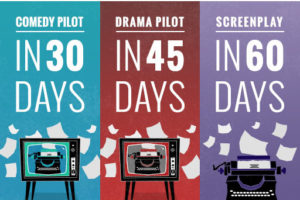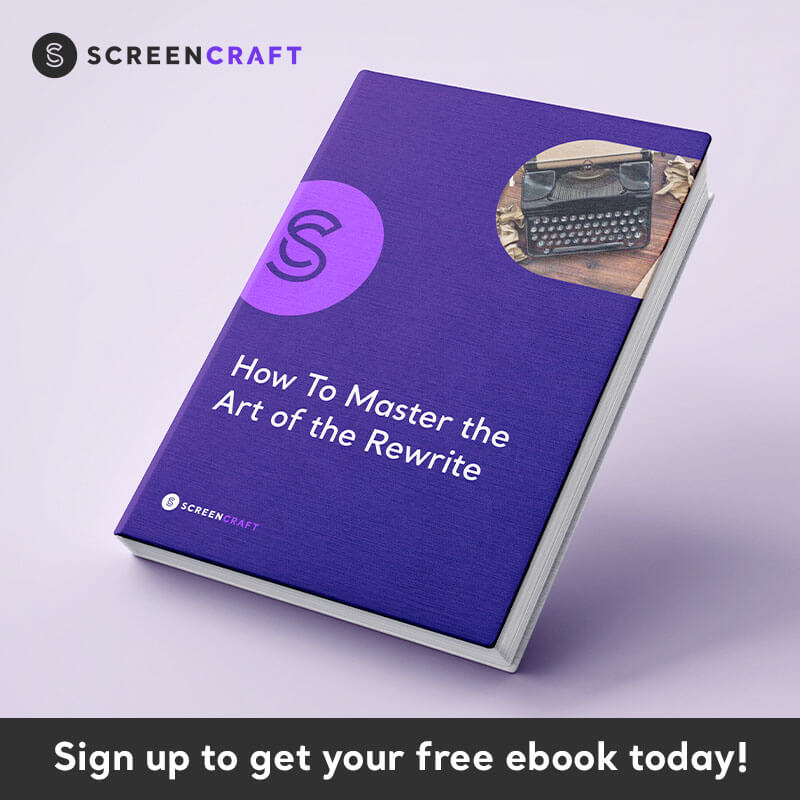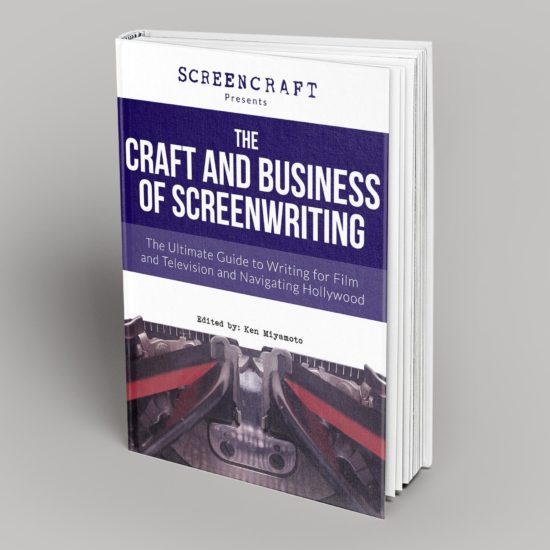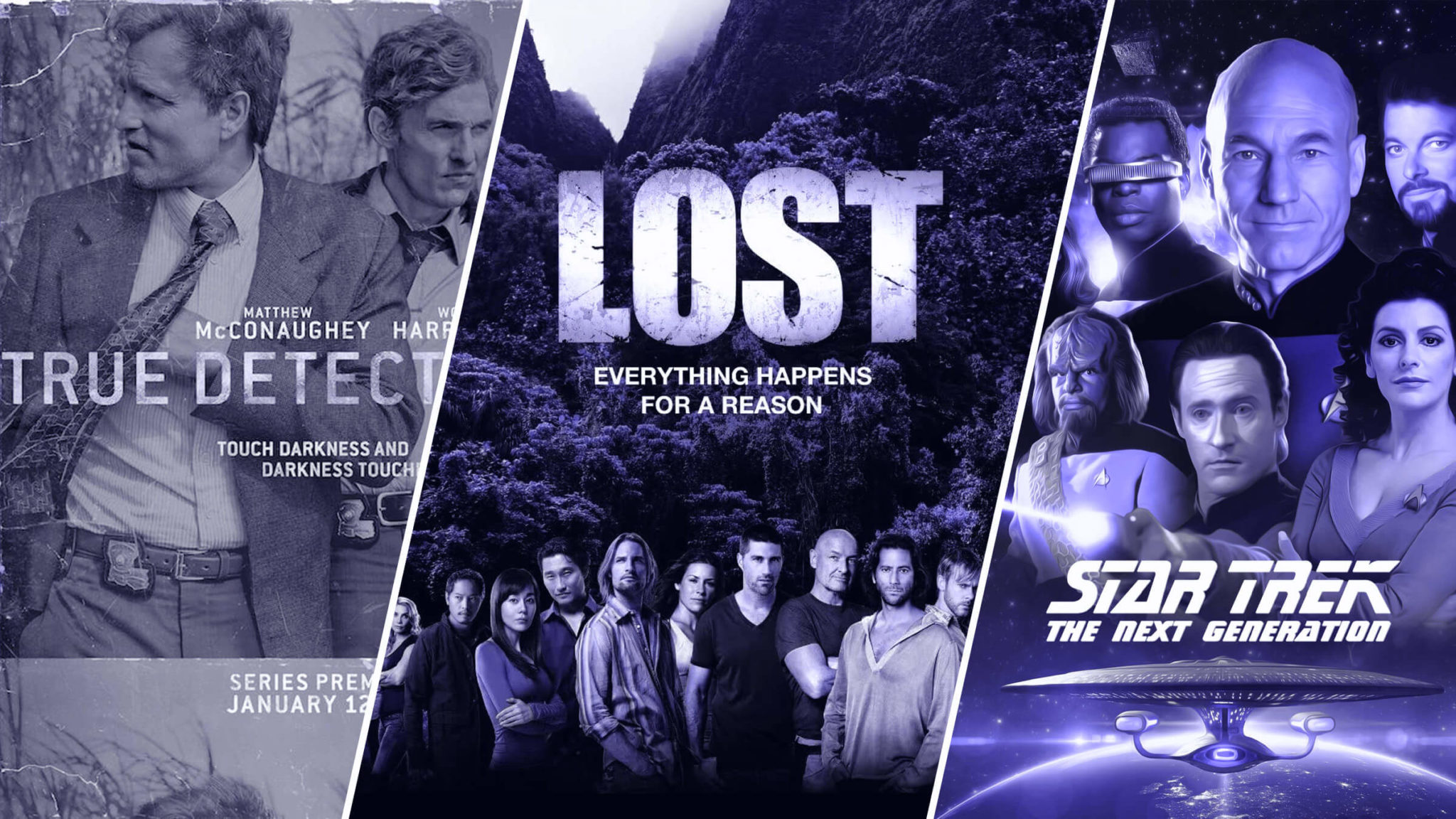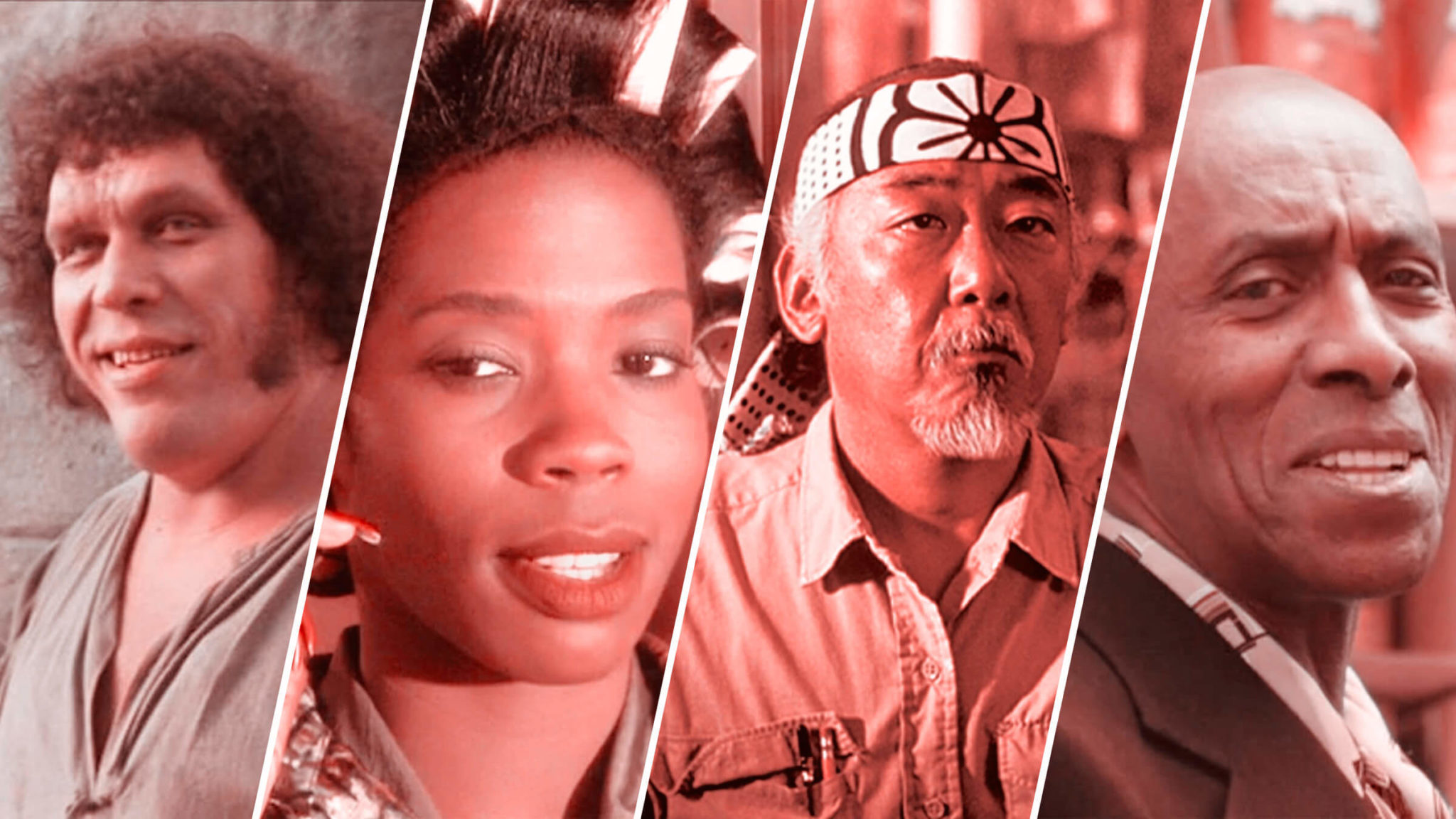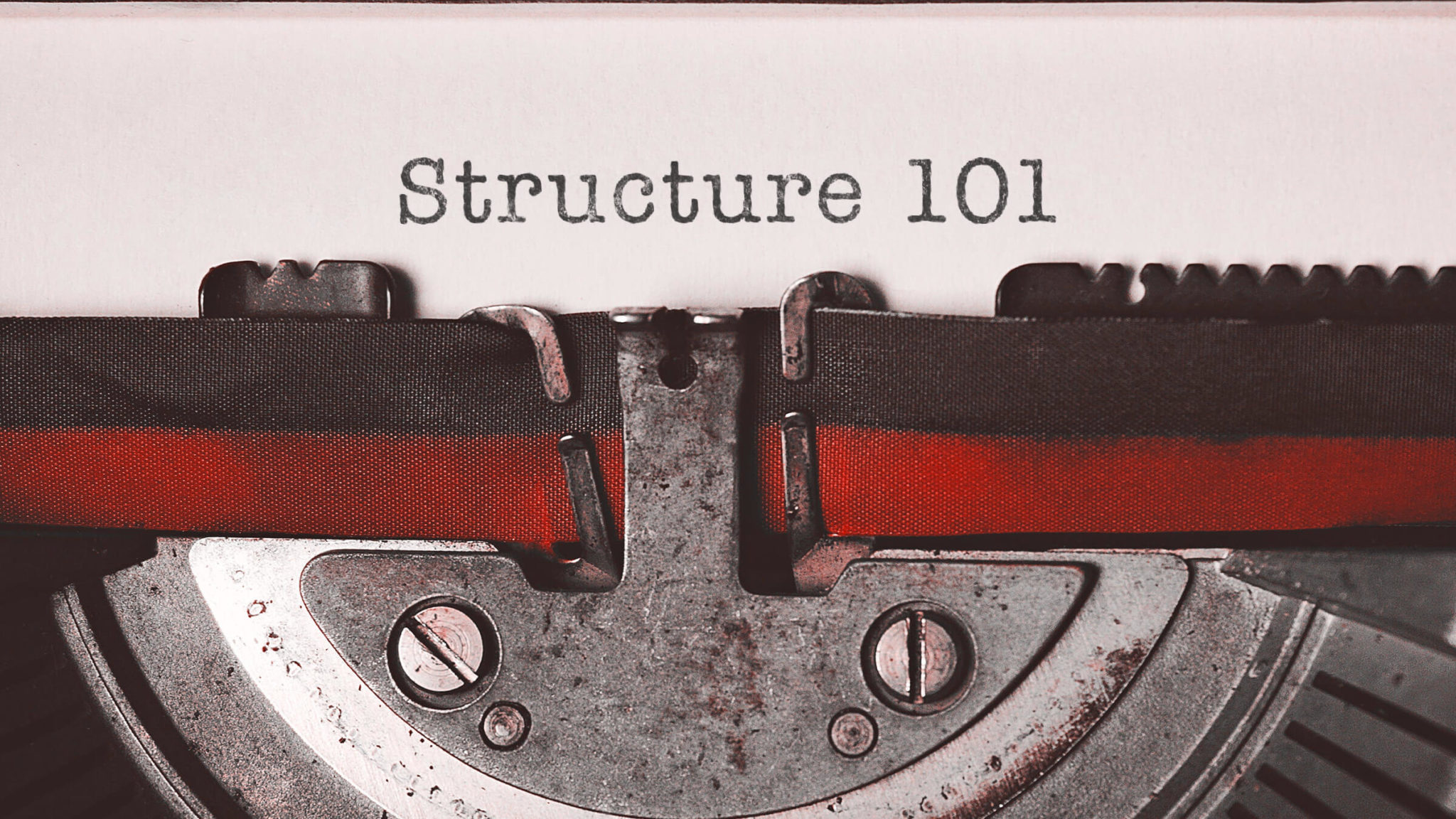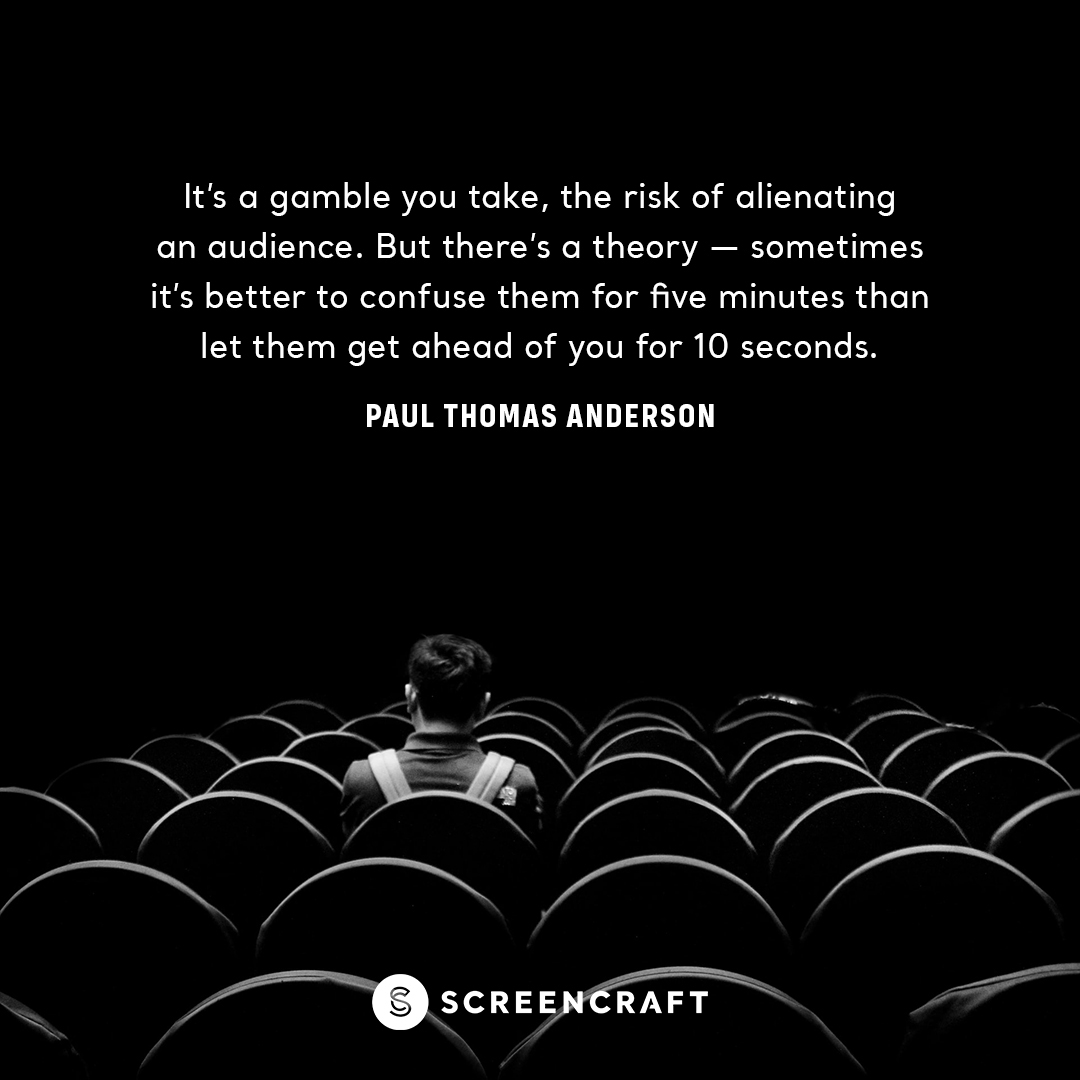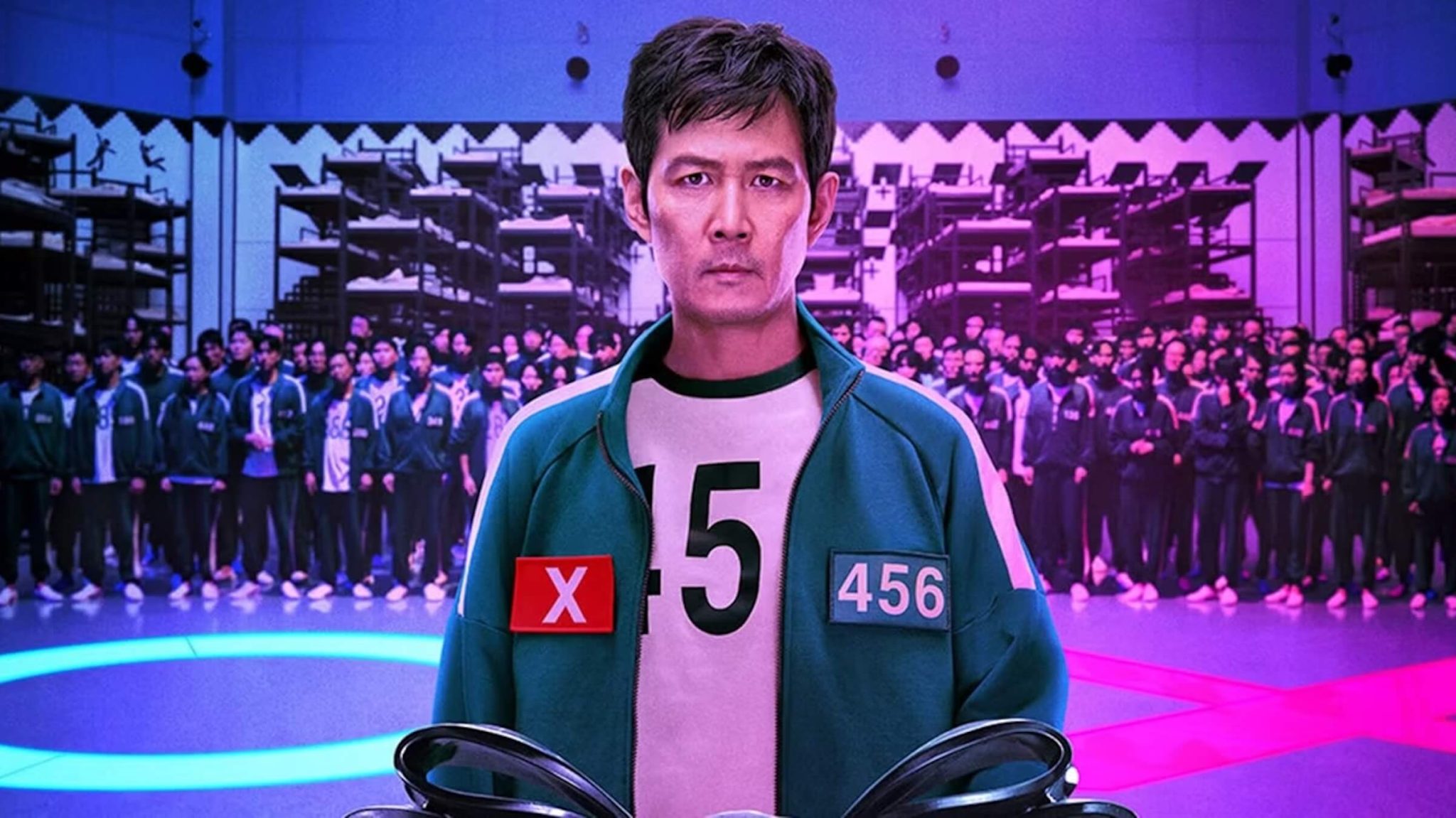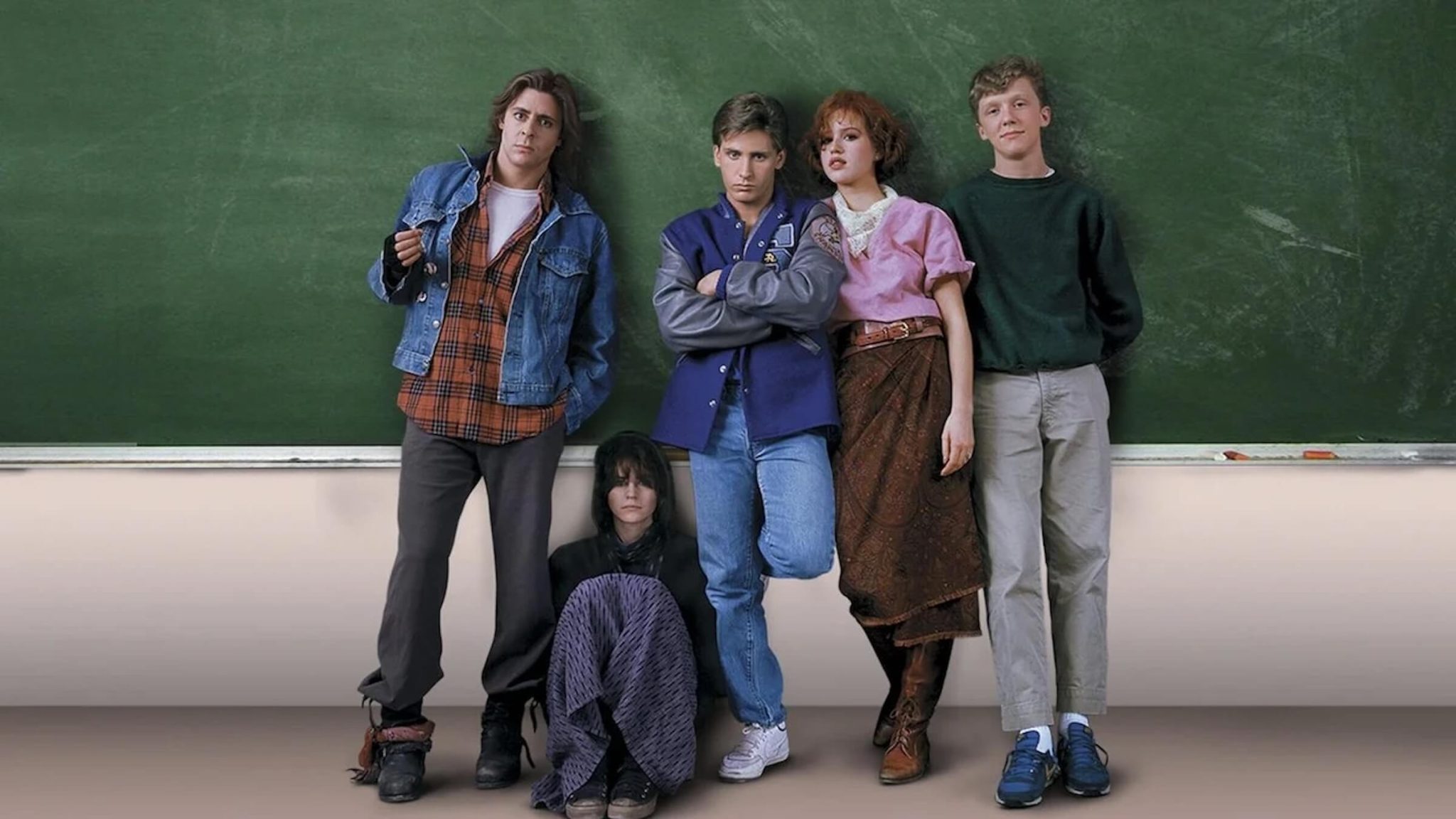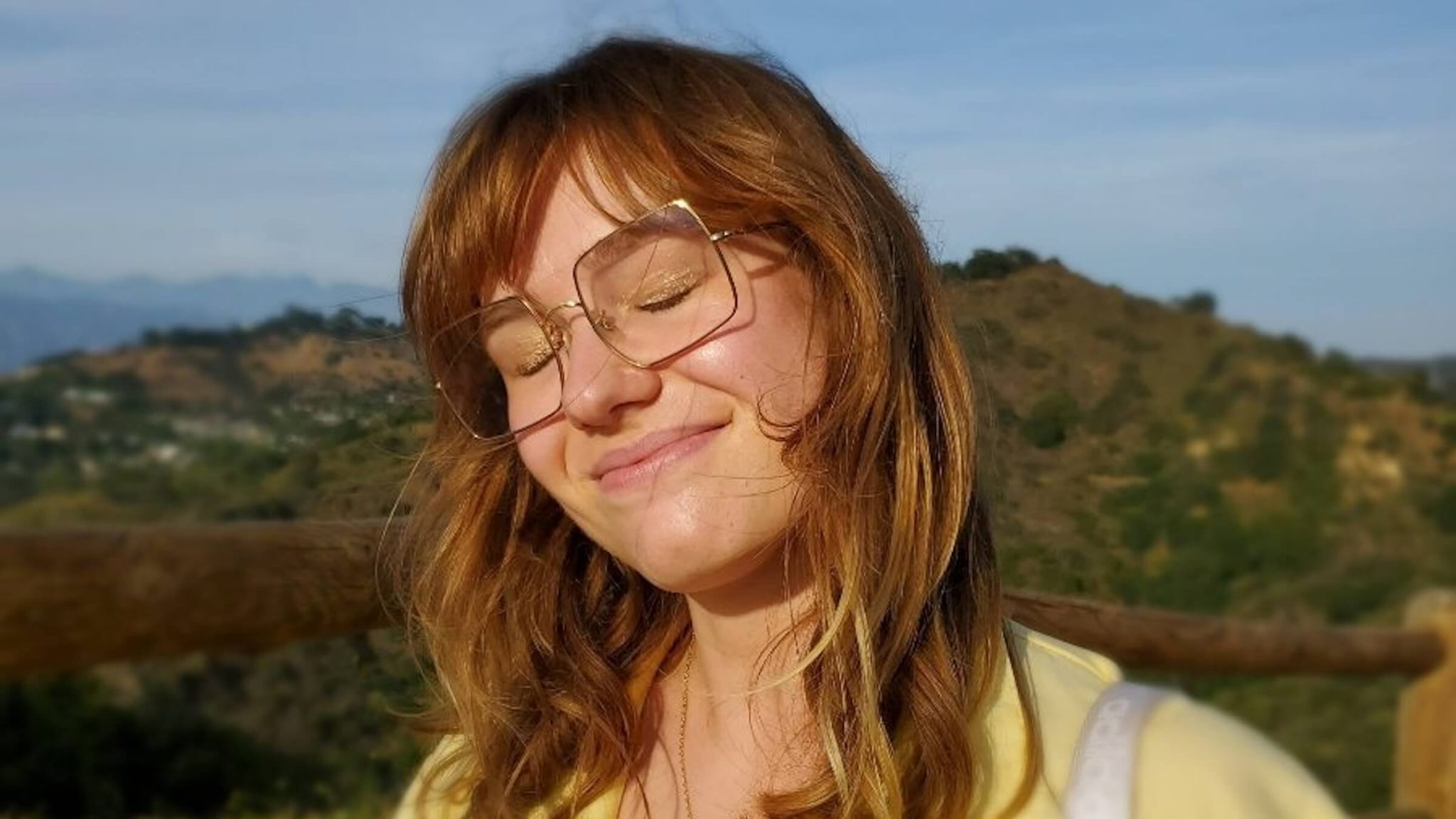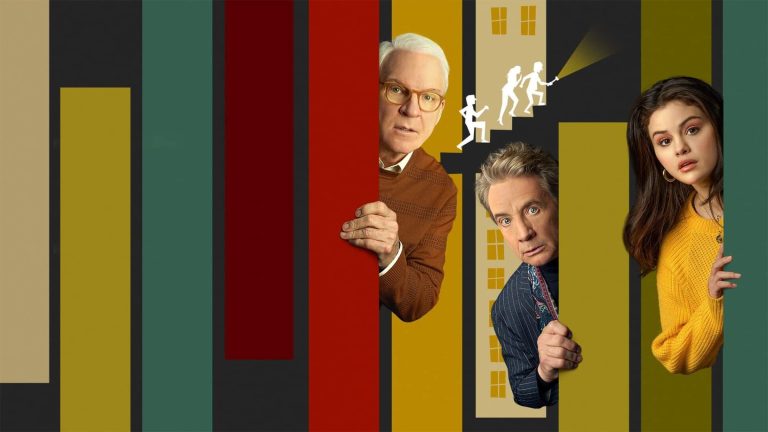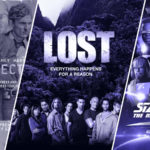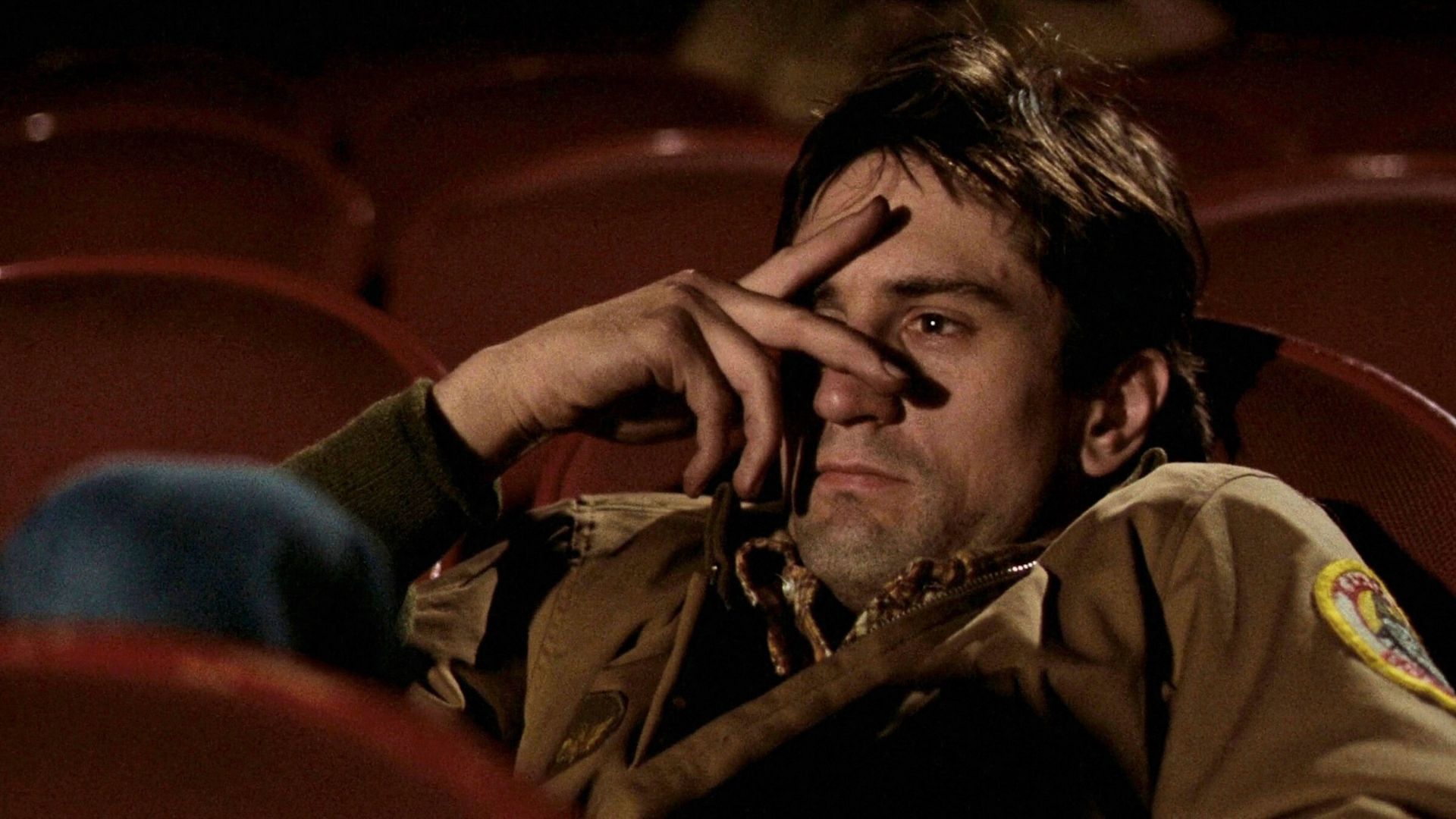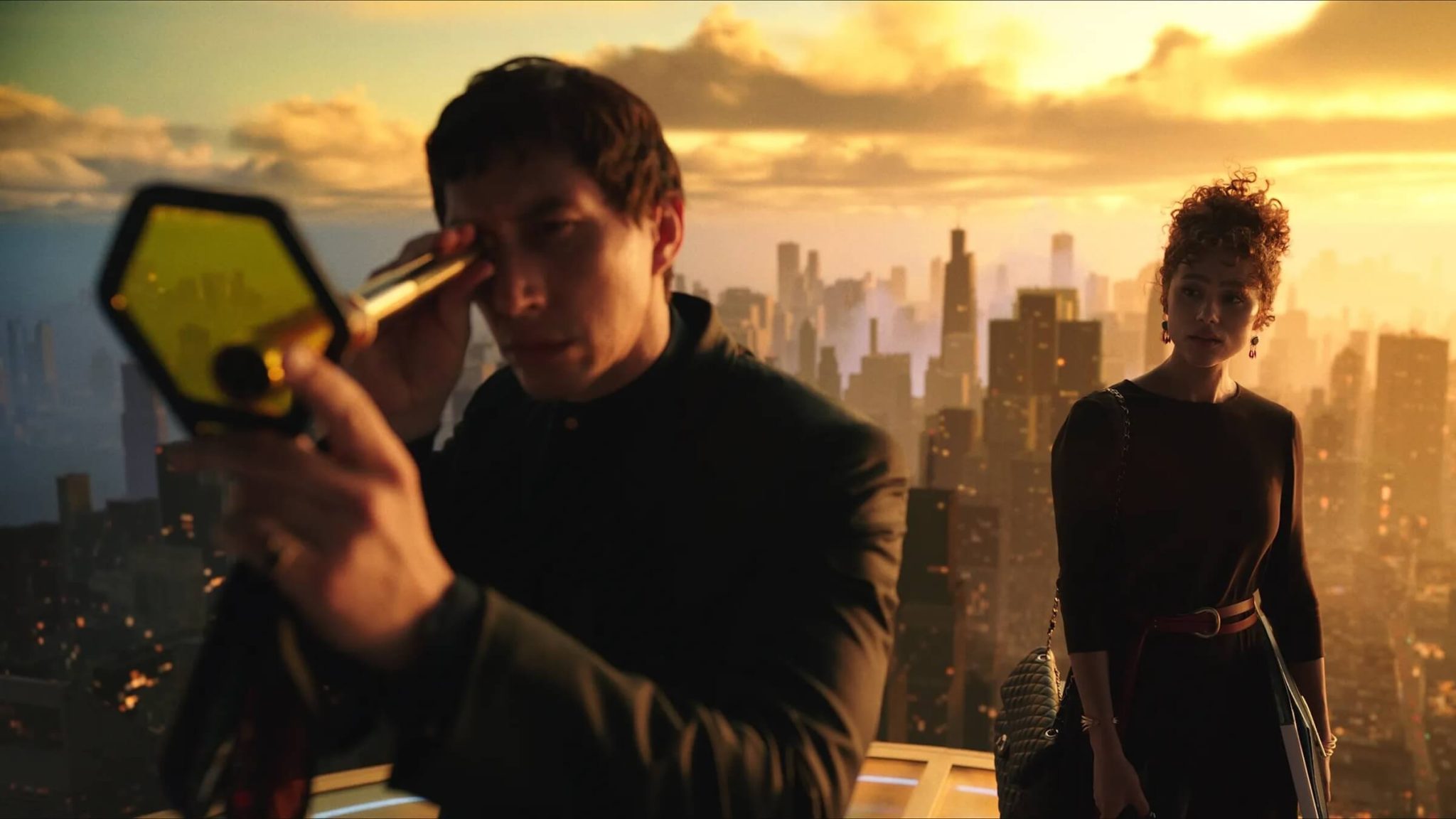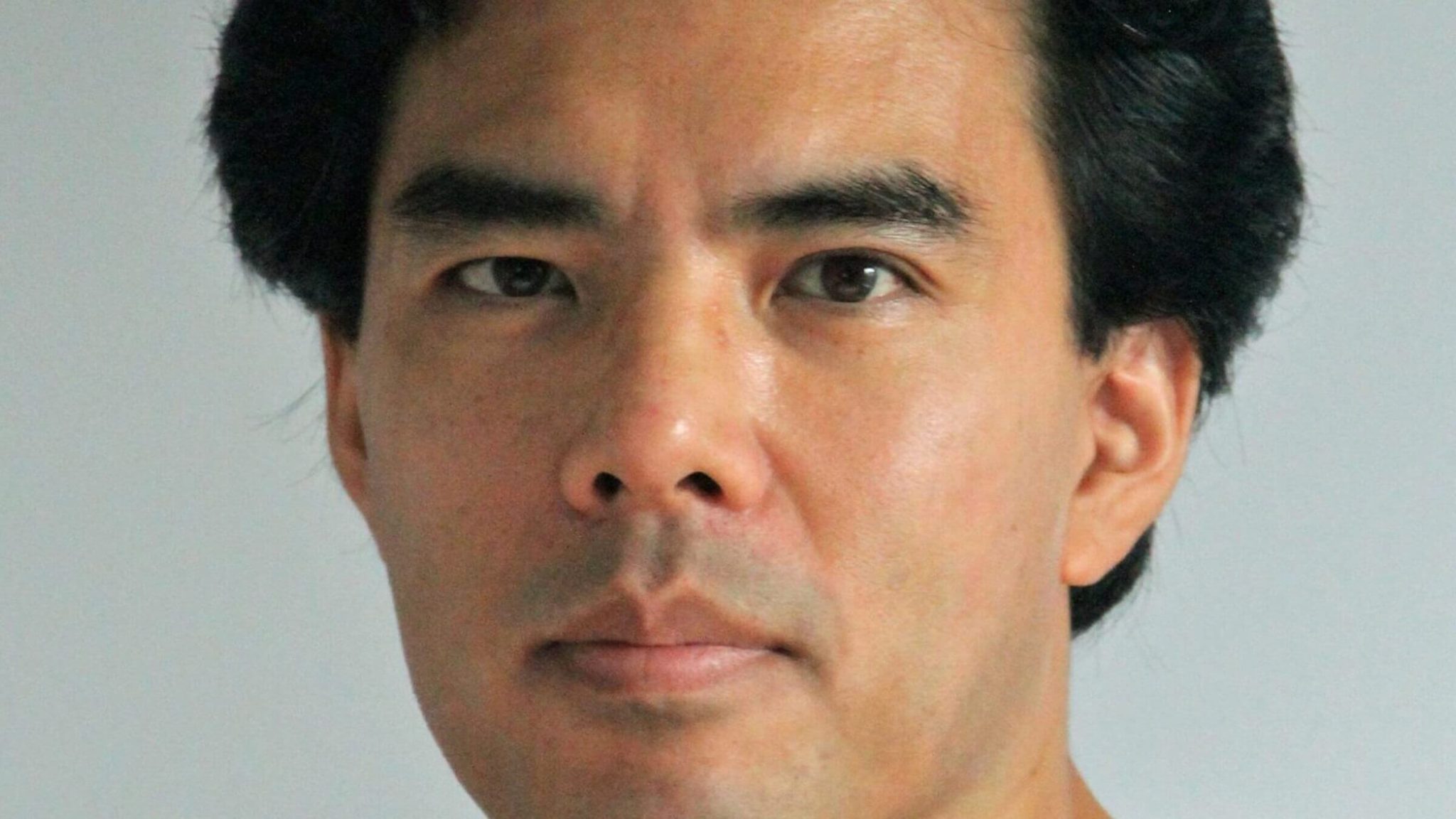12 Screenwriting Insights from 1917 Co-Writer Krysty Wilson-Cairns
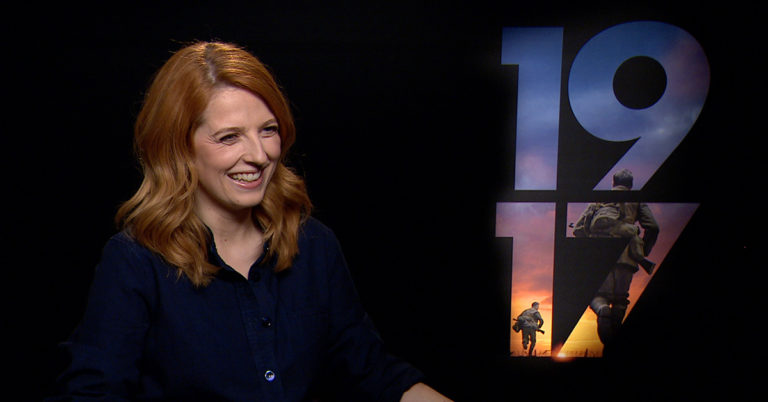
Oscar-nominated Kristy Wilson-Cairns chats with Giles Alderson, Dom Lenoir and Robbie McKane on The Filmmaker’s Podcast about co-writing 1917 with director Sam Mendes. Recorded at the Corinthia Hotel in London, they discuss the epic World War I film that’s been nominated for 10 Oscars including Best Original Screenplay and Best Picture.
Here are 10 important takeaways from the podcast.
1. Have a Regular Writing Schedule
Krysty Wilson-Cairns is a Scottish lass in her early 30s with a thick brogue and bright ginger hair. In the podcast, she’s charming, witty and self-deprecating. She describes her writing schedule like this:
“I roll out of bed about 10 [a.m.], type for seven or eight hours then I order some delivery.” She says she loves writing because of how it makes her feel. Though she says she doesn’t run marathons, she relates the feeling she gets to a runner’s high. “You get into a weird zone. [When you run a marathon] people say you get into a state that feels euphoric and I was always like, ‘I call bullshit on that!’ But it kind of feels like that after some time. You lose all sense of time and reality. You go and live in your own little magical world where you control everything there.”
2. Rely on Local Resources to Learn about Filmmaking
Wilson-Cairns grew up near Glasgow where they shot the TV show Taggart, a Scottish detective drama. When she was 14 or 15, she would show up on set to watch them shoot and generally lurk about. She was enthralled by everything she saw. Finally, people on the crew said to her, “'If you're going to turn up all the time, learn to make us coffees and teas.' So I became kind of like a runner – just a really bad runner! And I was probably an insurance liability as well! I would follow the camera department around, I would follow the sound department around – that was my first career as a child.”
Working on the latest draft of a feature, pilot, or short? Use our helpful eCourses to get it done faster.
3. Get a Formal Degree
Wilson-Cairns says she was good at math and engineering, but when she got into University to study those things, she had second thoughts. “I told my mom I wanted to keep working in film and TV and she said, ‘Go for it!’ Her only thing was I had to get a degree. So I went to the Royal Conservatory in Scotland and got a degree in film and TV.”
She loved her time at the Royal Conservatory. “Basically, you’re thrown into a room with 25 people who want to make movies, who love film and TV. A lot of my friends growing up liked to watch them, but I would want to watch Arnold Schwarzenegger’s DVD commentary and find out everything behind the scenes. That would drive my friends mad, so I found myself in film school with a whole bunch of people who loved it as well.”
4. Make Really Bad Movies
While in school, she says, “We would just take cameras out everywhere. I mean, the movies we made – dear God – if they ever come to light, I will set fire to people’s homes,” she says with a laugh
But there was a learning curve. “I directed the first screenplay I wrote, and it looks like a tribute to The Cure. I didn't realize it until after someone said, ‘Do you like The Cure?’ and I said, What's the cure?” She laughs again.
5. Writing Can Be a Viable Career
Then she went on to the National Film and Television School in Glasgow, but still didn't know she wanted to be a writer. “I had no clue. I didn't really fully understand [screenwriting] existed because on [the set of Taggart] the scripts just show up. There were no writers on the set. So I had no real idea that that was a plausible career.”
6. Get Weird With Your Stories
Wilson-Cairns loves going to dark places with her storytelling. “I had this teacher, Richard Smith who now lives out in L.A. – he's a great writer – he gave me a task. He said, ‘Go away over the weekend and write a story, it can be anything. Try to make it weird and surreal.’ I wrote a story about two guinea pigs watching a man die. It was really fucked up… I had so much fun doing it because I kind of didn't take it seriously.”
Looking to jumpstart your career with your latest feature or pilot? Submit to the ScreenCraft Screenwriting Fellowship today!
7. Write Spec Scripts
After film school, Wilson-Cairns wrote a spec script called Aether which she wasn’t able to sell in Britain, but her agent was able to sell it in America. After that, she was hired to adapt the novel The Good Nurse for Protozoa Pictures, Darren Aronofsky’s company. Then she was asked to write on season 3 of the TV show Penny Dreadful. That’s where she made the Sam Mendes connection since he’s a producer on the show.
8. Be Open to Collaboration
“Sam came to me with this idea,” says Wilson-Cairns. “1917 is based ever so slightly on his grandfather’s experience in the war… Sam essentially asked if I wanted to sit and write with him and I said, ‘Yeah, you’re Sam Mendes, absolutely!’
She says she and Mendes hit it off and felt comfortable being vulnerable with each other. “Writing is meant to bear your soul; writing is being vulnerable when you're trying to conjure up a whole other world and you’re hoping people will want to live in it.”
9. Understand That Sometimes You Have to Write Badly at First
To write with someone, she says you also have to feel safe enough to be able to throw out really bad ideas. “So much of writing is being wrong. The trick to being a good writer is to be a terrible writer at the beginning and just keeping at it until you fix it. Nobody makes a good pancake the first time!”
10. Take Risks
Telling a war story in real-time is so risky, she and Mendes wrote the script on spec because they weren’t sure it would even work. “So, we didn’t set it up [at a studio]. It had to be proof of concept. We had to, in this story, show that a real-time war movie could be interesting enough to get all these other people on board. That was a big burden, and also free work – ew!”
11. Don’t Be Afraid to Stretch Reality
She says the first thing you have to do as a writer is to see how far you can stretch reality in a movie. “That’s a real fine line because you have to pack in enough to entertain, there has to be an ebb and a flow, there has to be action, there has to be breathing space in every scene, and you can't ever cut! It’s a pain in the ass.”
12. Employ Many Different Storytelling Methods
Because the story couldn’t jump to a new location or use a flashback, she had to get really creative to give a sense of empathy to the faceless military battalion the protagonists Blake and Schofield are trying to save.
“One very difficult thing is that you cannot show the 1,600 men that [Blake and Schofield] are racing to save. That's why Blake has a brother in that battalion. You can't cut away so you can't offer any shade of humanity to them. You’re using a storytelling method to work around it, but that's surmountable. The thing that's really, really hard in the script – you know scripts are a blueprint for the film, a map to a destination that a whole bunch of people are going to get on board and trying to get to… This script had to be the destination. This script couldn't be the map.”
Another device she couldn’t use was the close up because that would require cutting from one shot to another. “When I write, I'll naturally suggest close-ups to get more intimate with a character but with this, you can’t. Everything about this process was story-driven so yes, of course, it’s shot in one shot and the cinematography is incredible.”
Writing a film in real-time that is seemingly one shot leaves little space for backstory. “You can't really have any exposition because it's so noticeable in real-time. It's like a magician, you have to be doing sleight-of-hand… You have to find visual metaphors for things that would clue people in, so you use the cherry blossoms to come back to a character [Blake] that you love and miss.”
The other key to writing 1917, according to Wilson-Cairns, is to be super simplistic with the storytelling. “You have to be really paired down because it's so easy to veer into cheese or gore and that actually does a disservice to the men who fought, the men who died, the men who survived – so there's the burden of that as well.”
Despite all the challenges in 1917, she says it was a really great time. “It's the most fun you can have clothed and sober.”
Wilson-Cairns’ next project will be a film with Edgar Wright, writer/director of Baby Driver.
For more writing resources, sign up for the ScreenCraft's Screenwriting Newsletter Here!
 Shanee Edwards graduated from UCLA Film School with an MFA in Screenwriting and is currently the film critic for SheKnows.com. She recently won the Next MacGyver television writing competition to create a TV show about a female engineer. Her pilot, Ada and the Machine, is currently in development with America Ferrera’s Take Fountain Productions. You can follow her on Twitter: @ShaneeEdwards
Shanee Edwards graduated from UCLA Film School with an MFA in Screenwriting and is currently the film critic for SheKnows.com. She recently won the Next MacGyver television writing competition to create a TV show about a female engineer. Her pilot, Ada and the Machine, is currently in development with America Ferrera’s Take Fountain Productions. You can follow her on Twitter: @ShaneeEdwards
For all the latest ScreenCraft news and updates, follow us on Twitter, Facebook, and Instagram.
Get Our Screenwriting Newsletter!
Get weekly writing inspiration delivered to your inbox - including industry news, popular articles, and more!

